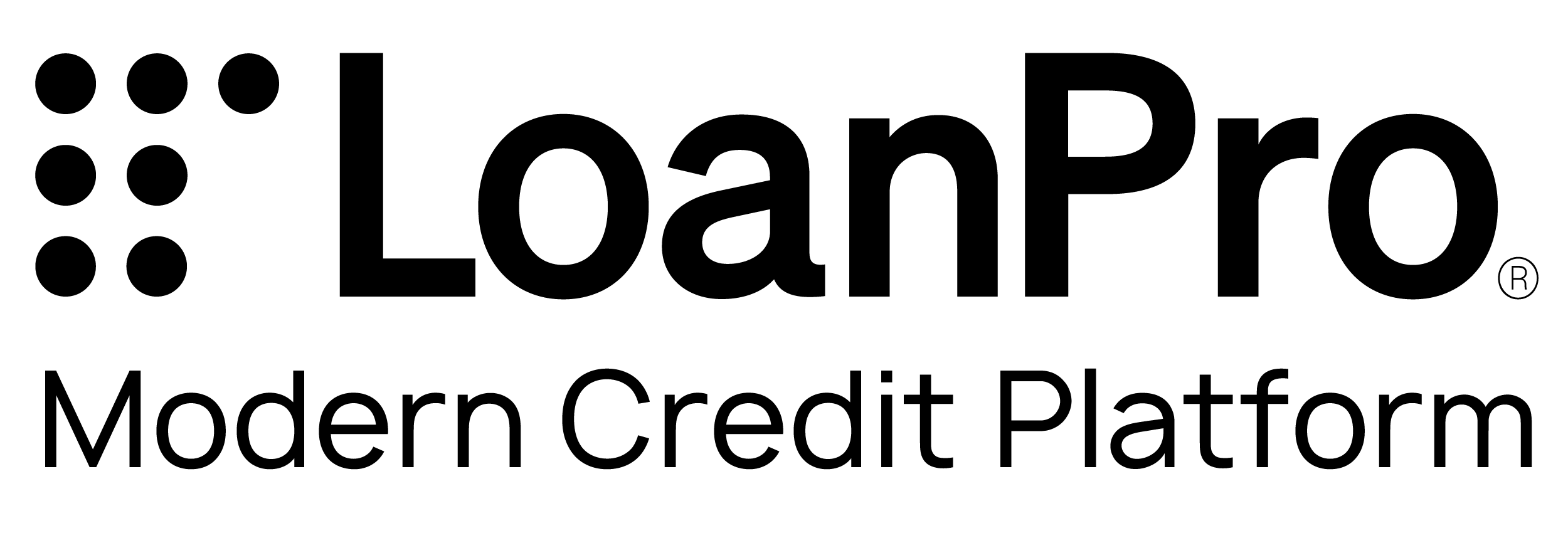Table of Contents
Introduction
Charges are fees added to a loan, like late fees and convenience fees. In LMS, they can be assessed in many ways, suiting your companies' needs and purposes. This article will briefly go over how LoanPro can help you manage charges on a loan.
If you already feel comfortable with charges and how they are used in the software, you can move on to logging a charge.
The words “charges” and “fees” are used interchangeably throughout our articles and within the software.
Highlights
Lending companies will typically have a variety of fees that they charge on loans. Some charges are used universally by lenders whereas others are more specific to certain lending operations. Whichever fee you want to assess, LoanPro has tools that help fees fit into your company's needs.
| Tool | Description |
| Charge Types | Charge types are a label that you can create and edit for any loan in the system. They are also helpful for searching and keeping track of the charges assessed on loans. |
| Recurring Charge | Recurring charges will automatically charge fees on a loan based on a set of criteria that you can customize. This can be can be set up based on a loan event or a Clojure rule that you write. |
| Contingency Brackets | Contingency brackets can be used when you setup recurring charges. It gives you more control over what charges are issued by letting you set the amount of recurring fees based on a range of different loan numbers. |
| Automatic Late Fees | You can configure automatic late fees that are applied once the grace period has passed. |
| Fees Paid By | You can choose how and when payments will apply to fees on a loan. |
| Convenience Fees | You can configure convenience fees and set defaults for each specific loan type. We recommend having a legal team assist with deciding the amount and type of fee you can charge. |
| Change Due Date | You can change the due date of a payment and charge a fee. |
| Late Fee Enrollment | You can enroll loans for a late fee assessment based on the loan status. This is helpful for loans that are going through certain loan events, such as repossession, where late fees should not be assessed. |
| Reverse Charges | You can reverse any charge and view past reverse charges that have occurred in the account. |
Where Do Charges Fit?
Knowing how charges work can help you do some unconventional things with our software. Automatic late fees and recurring charges, for example, can cut down huge amounts of time that would otherwise be spent manually logging charges. But you can take it a step further with late fee enrollment and contingency brackets, allowing you to configure charge settings in one central location, and then have them apply to all the loans in your tenant.
Charges can be configured to be paid either by payments made after the charge date or by payments made within the same payment period as a charge. You can also set up the waterfall application for payments inside LoanPro to determine how payments should apply to charges. However, it's important to note that charges exist outside of the normal payment schedule.
This Feature is Not
- Charges can't be added as a regular part of the amortization schedule. If you'd like to have a fee assessed on every transaction within a loan, you can use our escrow adjustments tool. This can be added manually or through the escrow calculator.
- Charges are not always legal. Some states restrict what kinds of charges you can assess and most require you to disclose the amounts of any possible charges and the situations that would incur those fees. We recommend working with your legal team to figure out how to stay above board when adding fees to loans.
What’s Next?
From here, you're ready to start logging charges. We also recommend that you read through the individual articles in our Charges section so that you can understand how each tool works at a deeper level.
